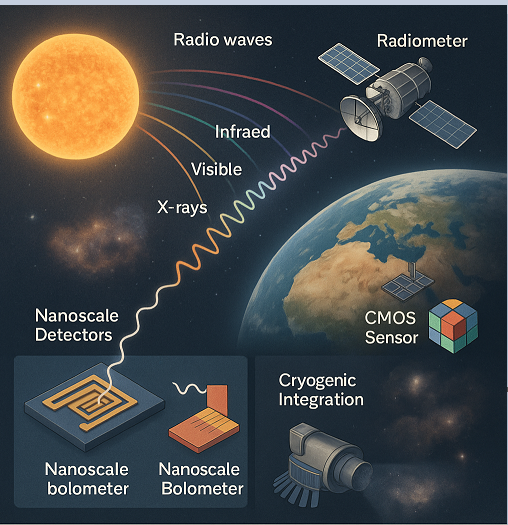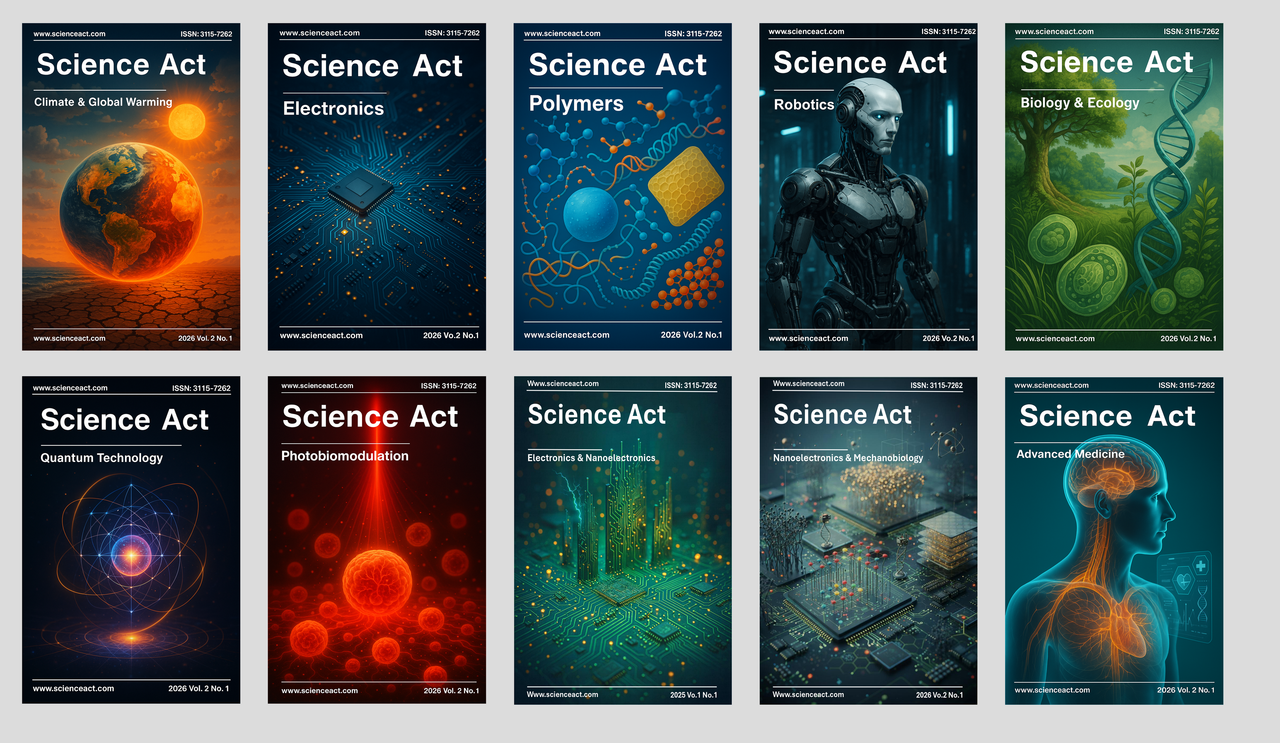Nanoelectronics in Astronomy: Enabling Precision Observations and Advanced Instrumentation
Enabling Precision Observations and Advanced Instrumentation
Keywords:
Quantum sensing, Detectors, Radiometers, Space observatoriesAbstract
Nanoelectronics has revolutionized observational astronomy by enabling ultra-sensitive detection, low-noise signal processing, and highly compact instrumentation. From space-based radiometers to quantum-limited photon detectors, nanoelectronic systems enhance the resolution, sensitivity, and energy efficiency of astronomical instruments. Advances in superconducting nanowire single-photon detectors (SNSPDs), nanoscale bolometers, and CMOS-based sensor arrays have significantly improved our ability to observe faint astrophysical phenomena across a broad spectrum—from radio waves to X-rays. Furthermore, integration of nanoelectronic systems with cryogenic environments has expanded the capacity of observatories to detect quantum-scale signals from distant cosmic sources. This paper explores the transformative role of nanoelectronics in astronomy, emphasizing its applications in instrumentation, data acquisition, and signal fidelity, while highlighting key challenges and future opportunities for nanotechnology in space science.





